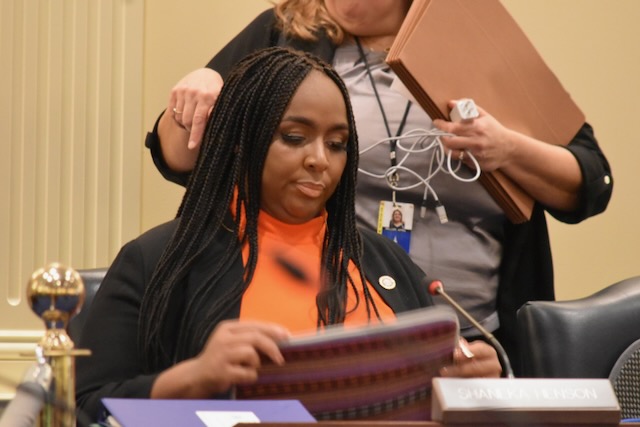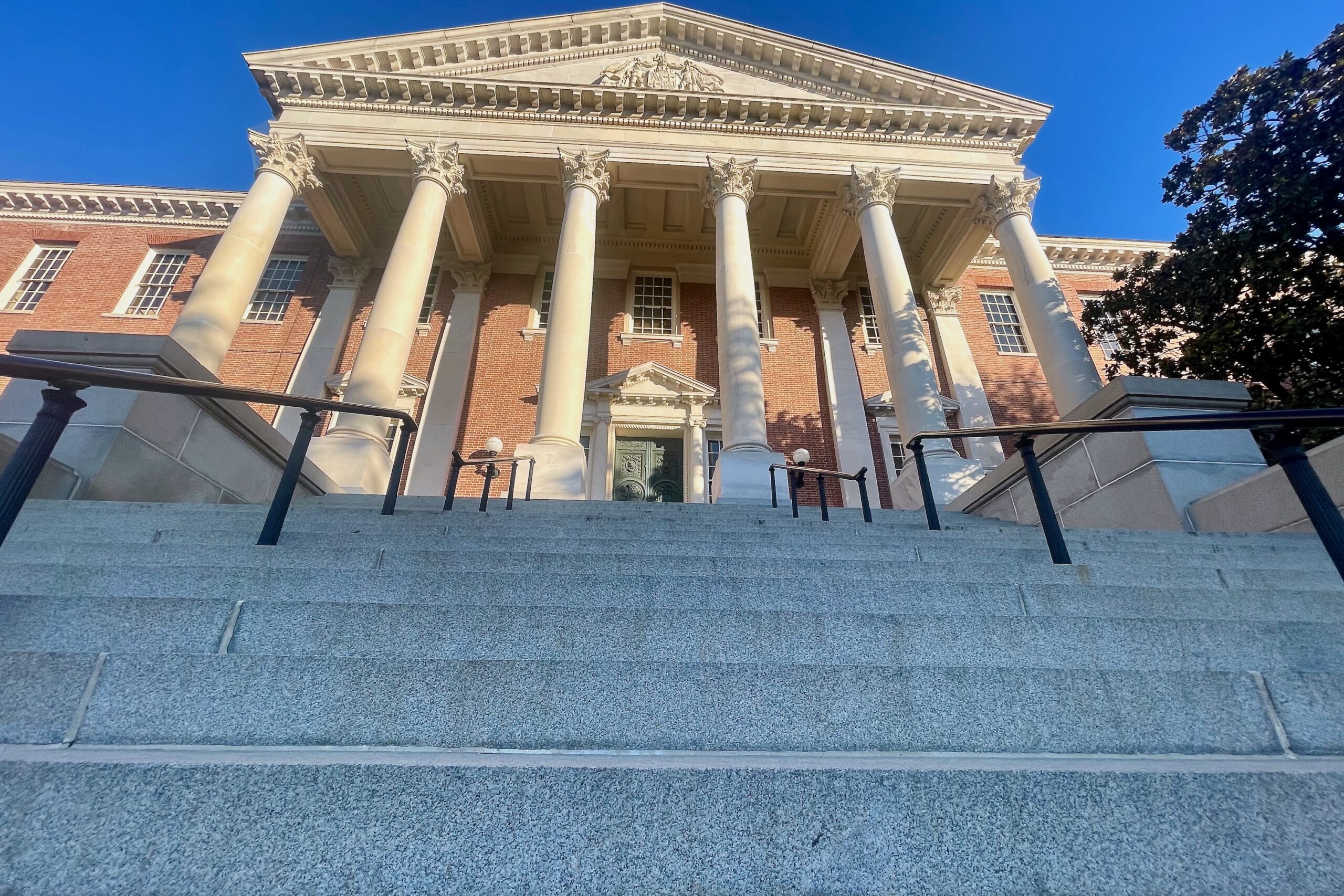House Speaker Seeks Review of Tax Credits for Possible Revenue

House Speaker Adrienne A. Jones (D-Baltimore County) said Friday that she wants her colleagues to examine the full range of tax credits the state offers to see if any can be modified or rescinded, as lawmakers hunt for extra revenue to fund the education reform recommendations of the so-called Kirwan Commission.
Speaking to a group of women leaders at the Maryland Association of Counties summer conference in Ocean City, Jones acknowledged that the most common proposals for raising revenue – legalizing marijuana and sports betting – “won’t yield a lot.”
“I’ve been looking at ways to get funding without raising taxes,” Jones said.
The estimated price tag to fully fund reforms designed to strengthen public education is $4 billion over a period of several years – with half to come from the state and the other half to come from county governments.
Jones said it is worth looking into the tax breaks and other incentives the state offers to see whether they are “obsolete” and whether rescinding them could generate significant revenue.
“If it makes sense to recall them, some of that money can go back to the budget,” said Jones, who spent more than 20 years on the House Appropriations Committee before becoming speaker on May 1.
County and state officials are becoming increasingly jittery about how to pay for Kirwan, especially with the prospect of a recession looming.
“$2 billion is a lot of money – and it’s a lot of money we don’t have,” Robert Sandlass Jr., Harford County’s treasurer, said during a panel discussion on budgetary challenges on Friday afternoon.
Using Harford as an example, Sandlass said the roughly $75 million the county would be required to cough up to meet new Kirwan mandates is roughly equivalent to the county’s annual budget for public safety, the community college and the public library system. The overall county budget is about $600 million annually.
Another way of considering the scale of expenditures, Sandlass said: When the state drastically cut the share of highway user revenues it passed along to local governments, the cost to counties was roughly $300 million; when the state required local school districts to pick up a higher share of teacher pension benefits, the price tag to the counties was roughly $200 million.
“All of us need to be prepared for significant changes in revenue structures,” he said.
Andrew Schaufele, director of the Bureau of Revenue Estimates in the state Comptroller’s Office, said the state is missing out on certain sales tax revenues by not taxing digital products and most services. But whether state policymakers are willing to close those loopholes or consider other tax increases to fund Kirwan is very much an open question.
“You can’t get to $4 billion without hitting the middle class at some point,” Schaufele said.
More worrisome, state and local budget experts said, is the likely hit the state and federal governments are going to get if there’s a recession.
“If there was no Kirwan Commission coming, if we weren’t talking about any of this, I’d still be concerned,” said Ted Zaleski III, Carroll County’s director of management and budget.




 Creative Commons Attribution
Creative Commons Attribution